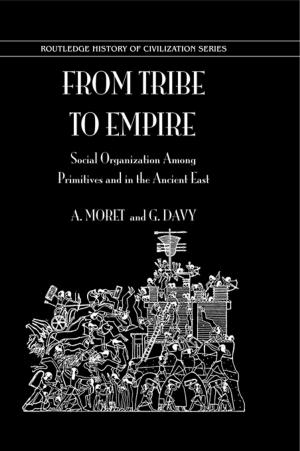Social Inequality and Social Stratification in US Society
Nonfiction, Social & Cultural Studies, Social Science, Sociology| Author: | Christopher B. Doob | ISBN: | 9781000007626 |
| Publisher: | Taylor and Francis | Publication: | May 22, 2019 |
| Imprint: | Routledge | Language: | English |
| Author: | Christopher B. Doob |
| ISBN: | 9781000007626 |
| Publisher: | Taylor and Francis |
| Publication: | May 22, 2019 |
| Imprint: | Routledge |
| Language: | English |
Social Inequality and Social Stratification in US Society uses a historical and conceptual framework to explain social stratification and social inequality. The historical scope gives context to each issue discussed and allows the reader to understand how each topic has evolved over the course of American history. The author uses qualitative data to help explain socioeconomic issues and connect related topics. Each chapter examines major concepts, so readers can see how an individual’s success in stratified settings often relies heavily on their access to valued resources—types of capital which involve finances, schooling, social networking, and cultural competence. Analyzing the impact of capital types throughout the text helps map out the prospects for individuals, families, and also classes to maintain or alter their position in social-stratification systems.
Social Inequality and Social Stratification in US Society uses a historical and conceptual framework to explain social stratification and social inequality. The historical scope gives context to each issue discussed and allows the reader to understand how each topic has evolved over the course of American history. The author uses qualitative data to help explain socioeconomic issues and connect related topics. Each chapter examines major concepts, so readers can see how an individual’s success in stratified settings often relies heavily on their access to valued resources—types of capital which involve finances, schooling, social networking, and cultural competence. Analyzing the impact of capital types throughout the text helps map out the prospects for individuals, families, and also classes to maintain or alter their position in social-stratification systems.















